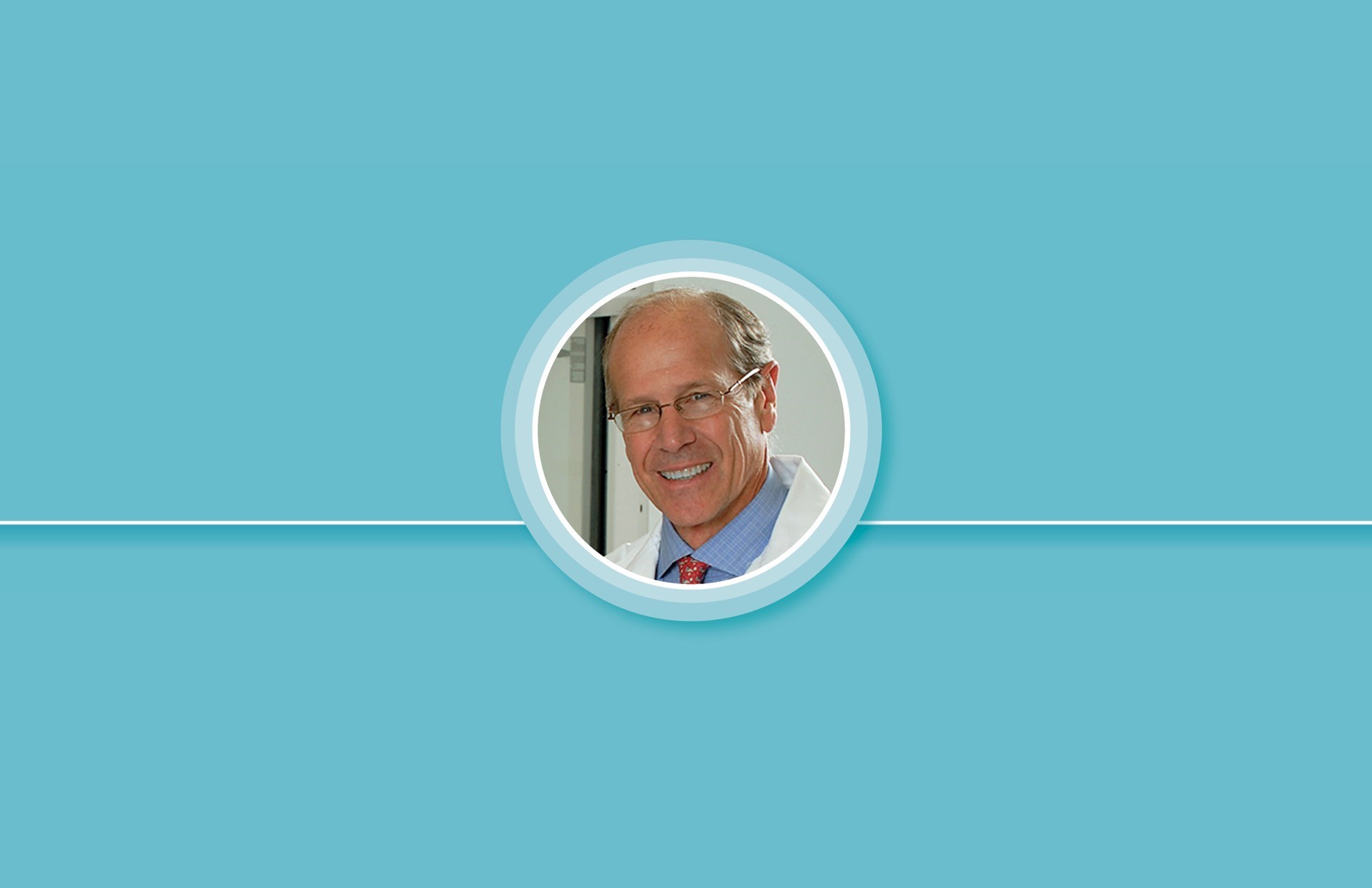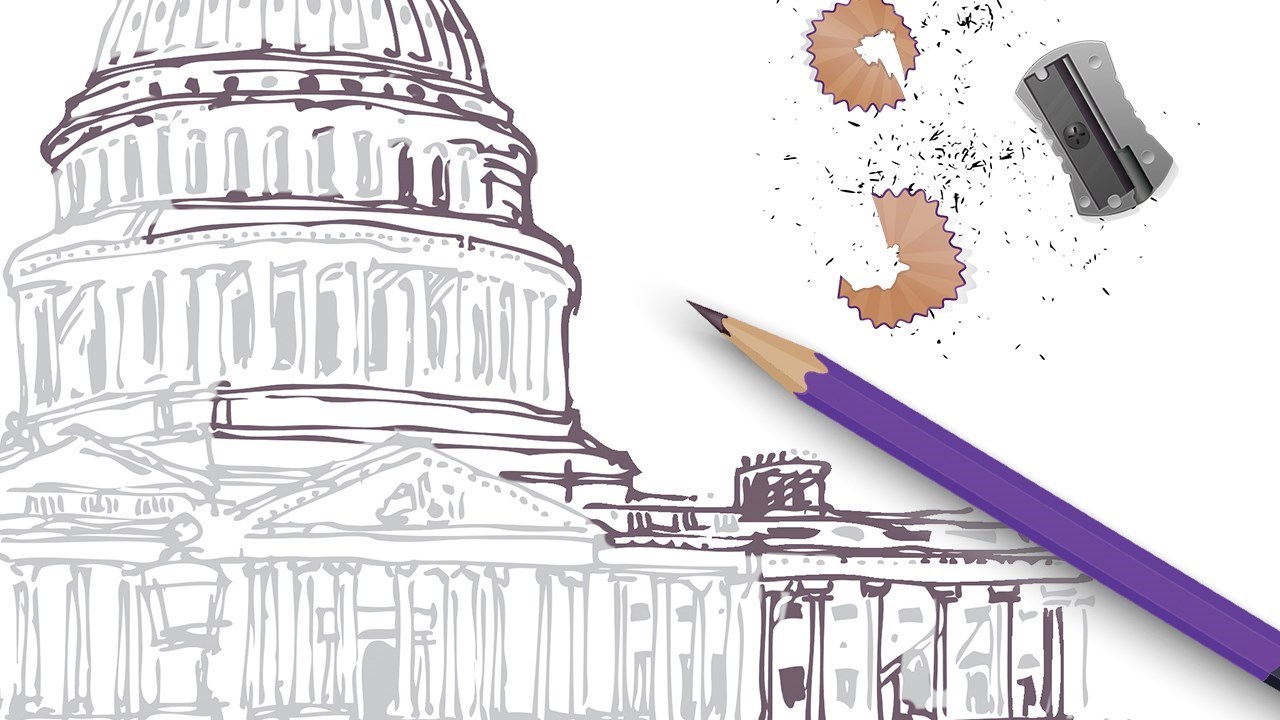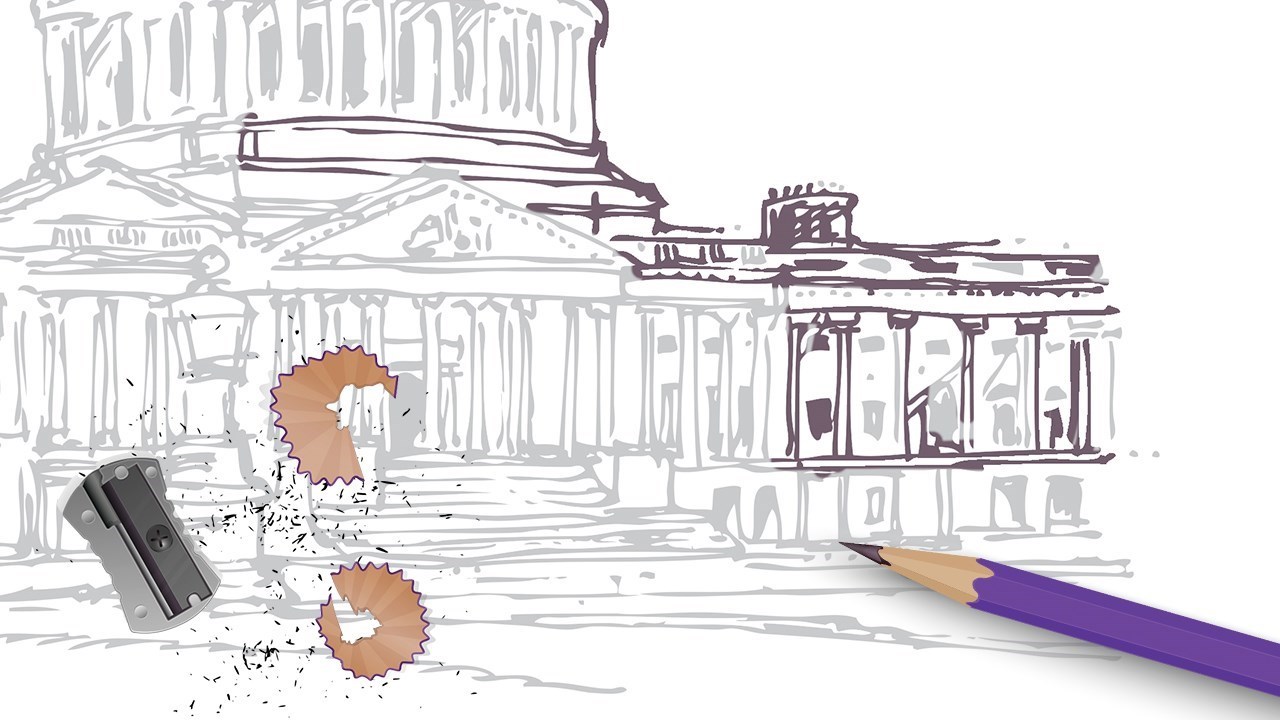A first-of-its-kind organ transplant performed earlier this year demonstrated that a genetically modified animal heart can function like a human heart without immediate rejection by the body.1,2 Bartley P. Griffith, MD, FACS, performed the operation at the University of Maryland Medical Center, Baltimore, where he is director of the cardiac transplant program.
The US Food and Drug Administration (FDA) approved the procedure under its compassionate use rules for emergency situations.3 This authorization is used when an experimental medical product, in this case a genetically modified pig’s heart, is the only option for a patient with a life-threatening medical condition.
The pig heart underwent 10 genetic modifications. Four genes were knocked out, including one that causes an aggressive human rejection response.4 Despite these advancements, David Bennett, age 57, the recipient of the porcine heart transplant, died 2 months after the procedure.
In this interview, Dr. Griffith, the Thomas E. and Alice Marie Hales Distinguished Professor in Transplant Surgery, University of Maryland School of Medicine (UMSOM), shares new details about the surgery and identifies future areas of focus for xenotransplantation.
You conducted the first in-human xenotransplant of a genetically modified pig heart. What overall lessons did you learn from this experience?
Although we had 5 years of run-up translating laboratory work to a human case, some aspects of the human case were unanticipated or could not have been learned from the animals. It began with how to translate the immunosuppressive protocols from healthy baboons into a sick human and expect the human to tolerate it. We pretreat our baboons with drugs to prevent acute rejection. We couldn’t do that to the extent that we wanted in the human, so we had to make modifications that we believed would be tolerated and serve the effect desired. And that was our best guesstimate [to pretreat the patient]…based on 20 or 40 years, in my case, of experience using similar drugs in human heart transplant patients.
We’re currently in the process of writing up this experience [for a medical journal], but I will say that I think we want to be quicker in our ability to survey the status of the patient and the animal heart. For example, we want to be able to measure antiporcine in the antibodies more frequently and more quickly so that we might react sooner. Currently, we can only measure antibodies once or, rarely, twice a week because it’s done in our laboratory from cell culture.
Discuss some of your creative decision-making during the procedure.
One interesting aspect of the procedure was that our human recipient of the genetically engineered heart had very different anatomy than the baboons who had received similar but smaller hearts, because the baboons were smaller; but the baboons didn’t have heart failure. So, their anatomy was a snap-fit, in essence, to the pig heart. The human anatomy, however, made the fit much more difficult to the size-appropriate but differently shaped heart. So, as the human got sick, the atria and the connections to the heart, the cavae and the great vessels, enlarged. And these came as a surprise during the operation and required some real nipping and tucking in order to get a traditional connection.
What was the response of your surgeon colleagues?
Very few people felt that we were walking the plank, so to speak. And what I heard from people included comments like, ‘I really respect that you guys did the work,’ and, ‘This was a step that had to be taken.’ We often were called courageous, but I don’t think we had courage. I think we had daring. The courage was manifested in our patient.
What do you want to say about your patient, Mr. Bennett?
After 60 days of intense time with him, I knew so much about this man. And there were tears when we lost him. He was such a wonderful guy. I don’t know whether I could have been like him.
Have you determined what specifically resulted in Mr. Bennett’s demise?
He lived 60 days before he died, and we’re not yet sure why. That is under intense investigation. Something happened to his heart, but we’re not sure what. And that’ll come out in time, and as we understand it better, we’re certainly going to share it.
What can you reveal about your future work in the area of xenotransplantation?
We’re interested in a lot of facets of this. But I think we’re going to want to ultimately reduce the amount of immune suppression required for a patient. And that may require something we call tolerance, or something called ‘pro-tolerance’ strategies to try and trick the immune system into accepting the organ. Of course, that’s a holy grail for allotransplantation, but it may not be any more difficult for xeno.
Unfortunately, it’s very expensive to do this work because it’s done in nonhuman primates. Now that we’ve done it, hopefully there’ll be more commercial interest and, maybe, more money freed up if commercial entities say, ‘Well, we didn’t believe this was going to go as fast as it did, now let’s get into it. Let’s put real research dollars at it.’ Even if that happens, it’s not likely anytime soon that thousands of American surgeons will be using these organs. I think it will be a thoughtful rollout in cadence with FDA guidelines and with commercial abilities. My guess is that our FDA IND (investigational new drug) application, which should be a multicenter trial of a porcine heart xenotransplant, will be approved, at the earliest, a year-and-a-half from now.




